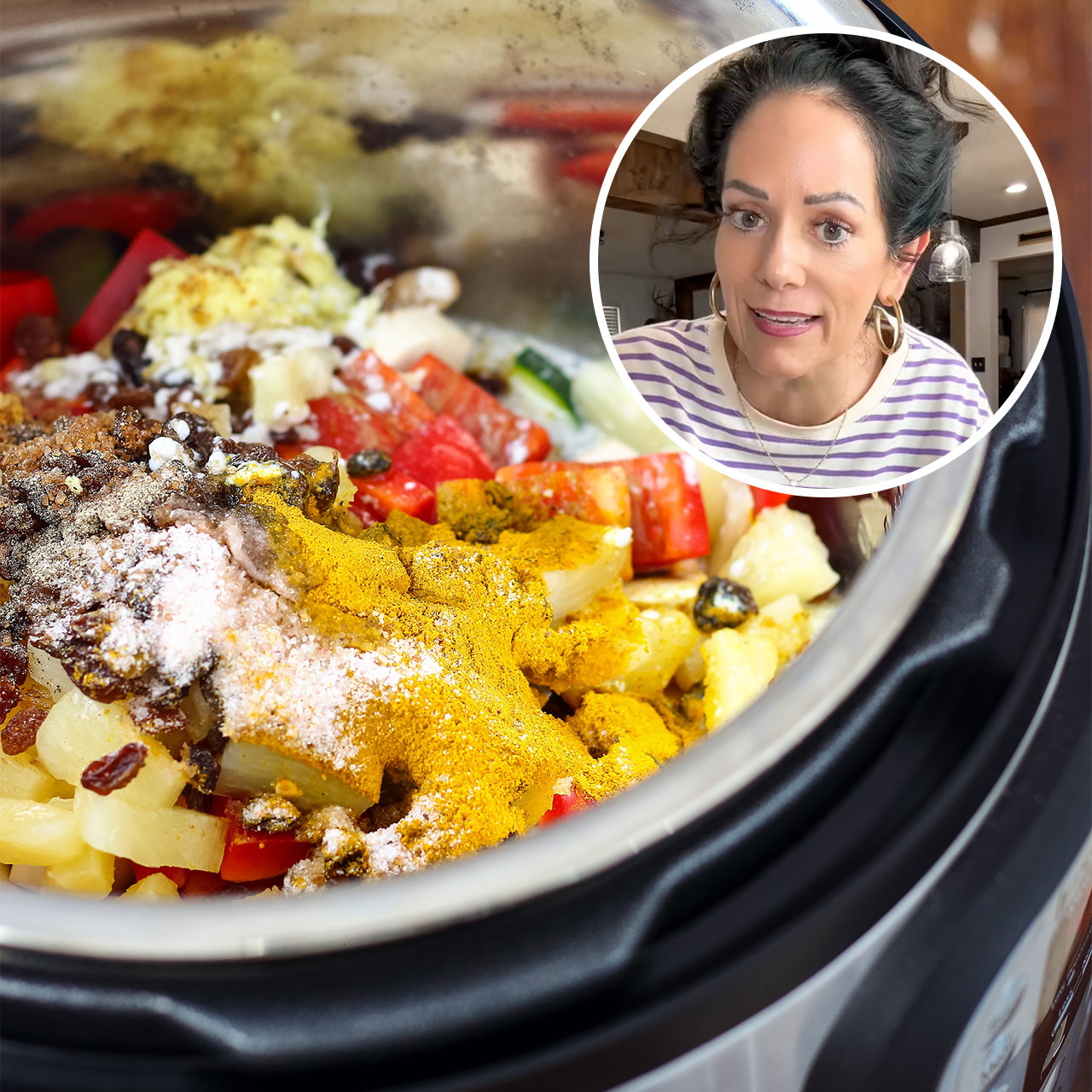This is an archived article and the information in the story may be outdated. Please check the time stamp on the story to see when it was updated last.
Whether or not you realize it, your body is constantly working to fight off substances that could pose a threat to your internal functioning and wellbeing. Usually our bodies can detect those substances before they pose a threat, but as time has gone on, they have become more and more prevalent in the environment around us. The more toxins you’re around, the more you’re leaving yourself susceptible to toxicity, and the unwanted symptoms that come with it.


“In regards to our bodies, toxins in general include substances that are harmful to our natural biological processes. We are constantly exposed to toxins on a daily basis from all different sources.” Says Nicole Ritieni, an Integrative Nutrition Health Coach and RN. “Our food unfortunately has become a major one, and it can be difficult to differentiate these days.” A food can be considered toxic if it contains ingredients or by-products that damage cells and function in our system. Examples of this include ultra-processed foods, preservatives, and artificial additives.
When grocery shopping, how can you avoid these foods? “High fructose corn syrup is appearing more frequently on food labels and consumers are often unaware of what it's doing to our bodies.” High fructose corn syrup is used by manufacturers to sweeten processed foods, and has become a popular one due to how cheap it is to make. “It's linked to a number of chronic diseases, specifically metabolic issues such as diabetes and heart disease. [It also] places a major burden on the liver, which can cause weight gain, inflammation, and liver damage down the line.” This occurs because when you eat it, too much fructose is introduced into the body at once, which puts pressure on the liver. It also has a number of threatening contaminants. “HFCS is contaminated with mercury and glyphosate which adds to the body's toxic load.”
While small amounts aren’t an issue, consuming it regularly may cause you to see some of the negative health effects mentioned above. HCFS is most commonly found in candy, soda, salad dressing, breads, and canned fruit. When shopping, read ingredients labels closely to make sure it isn’t present in the product.

What are some of the signs you may have toxicity in the body? “As a registered nurse at New York Center for Innovative Medicine in Huntington NY, we are constantly assessing the biological index, or toxic load our patients are living with,” Ritieni says, “Some of the more common signs you have a higher level of toxicity include but are not limited to: fatigue, brain fog, insomnia, irritability, weight gain, generalized weakness, etc.”
To make a long term investment in and to prioritize your health, eview your pantry and fridge to check and see how many of your favorite foods have HFCS. When grocery shopping, be aware of the products you’re buying by checking the ingredient labels closely. If you experience any of the symptoms above, it’s important to consult with your doctor to make sure there aren’t any major health issues or conditions at play.


























